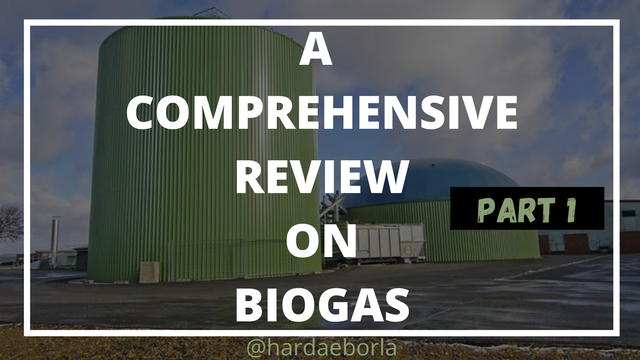
Everyone!!! I hope you are having a great time over there? It's really nice to see you visit my blog today and I must say I'm really happy to have a great personality like you visiting my blog today 😊. Thank you once again 💕
There's actually no doubt that biogas has been one of the best form of energy which can be utilized for multi functional activities such as cooking, electricity generation, fuel and many other means. Today, this content will focus more on explaining the concept of biogas and how such gas can be generated for usage. I think it's best we start this content by explaining what is biogas, i suggest you grab some delicious pop corn and grab some sweet juice to digest this content as you read through this post 😊.
What is Biogas?
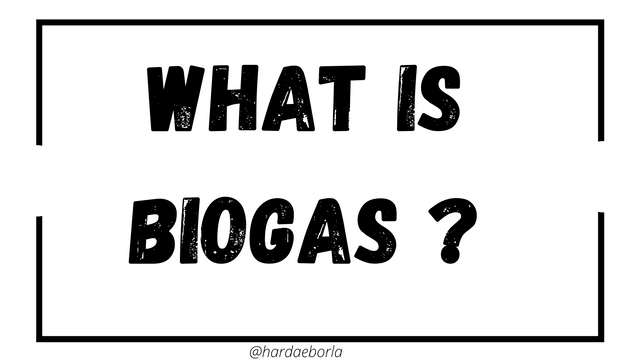
The word "Bio" was originated from Greek which connotes "Life" while the word "Gas" is an ubiquitous word we are very familiar with which connotes "a change of state having weak molecular force of attraction whose molecules are far away from each other making them move randomly or haphazardly without no preferred destination". Combining both words (Bio + Gas) together, a layman will define Biogas as the process of generating organic gases from biological materials.
According to Wikipedia;
Biogas is defined as the combination or mixture of gases produced by organic matter in the absence of oxygen primarily consisting of methane and carbon(iv)oxide.
This simply implies that for a biogas to be generated you will definitely need a material that will help you generate organic matter and this material can be in form of cow dungs, agricultural waste, sewage, food waste and many organic wastes.
How is Biogas Produced?
Biogas is simply produced by the anaerobic decomposition of organic matter in the absence of oxygen to produce methane and carbon(iv) oxide. This can easily be achieved with the help of a digester and you must ensure the set up is done in a closed system.
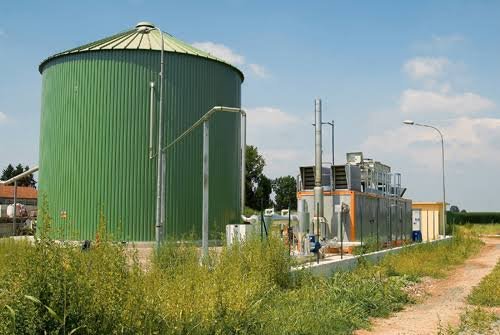.jpg)
There are numerous organic wastes that can be used to generate biogas and the type of organic waste used will also determine the quality of the biogas generated. I personally recommend the use of cow dungs because of it's high methane content. Also, other organic waste can also be used or mixed with cow dung for the generation or production of biogas.
How can this be achieved?
The fact is that you can practically set up a biogas system by yourself by just making use of the required materials even though they aren't really going to be much expensive. You can get cow dungs for free and other organic waste yourself. You can also design your personal digester which can be used to store your waste mixture for several days in the absence of oxygen to enable proper decomposition or fermentation which helps to generate the organic gas known as biogas. I'll try to explain the steps involved in setting up a biogas system below and I hope this will give you a proper understanding of how biogas is being generated.
#1 AVAILABLITY OF ORGANIC WASTES
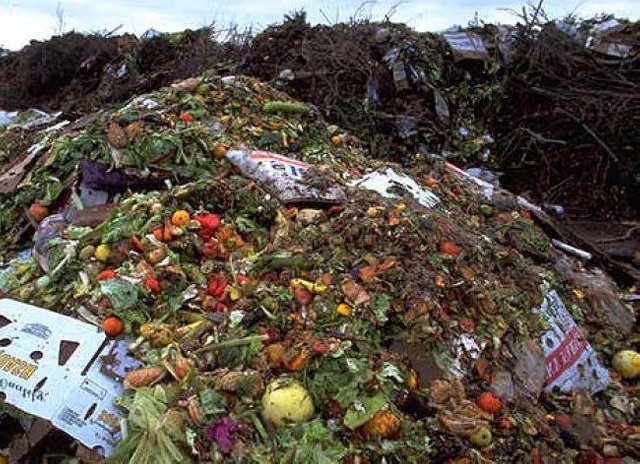.jpg)
The first required material for the production of biogas is to source for organic wastes. Organic wastes are extremely important in the generation of biogas because without organic wastes or bio wastes you can never generate biogas. There are various organic wastes which can be used to generate biogas even though we see them almost everyday around our environment. These wastes include cow dung, sewage, slurry, agricultural wastes, landfills and many other organic waste that can help you to generate greenhouse gases (methane, Hydrogen Sulphide and Carbon(iv)Oxide ) during decomposition in the absence of oxygen.
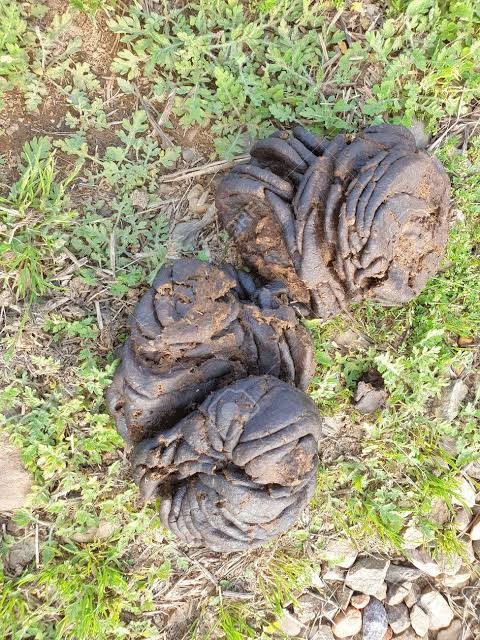.jpg)
The available organic waste has to be prepared by pouring a sufficient amount of water in the waste mixture. I also recommend adding cow dungs to the mixture no matter the type or nature of organic wastes you may intend to use because cow dung is proven to have high amount of methane.
#2 SET UP YOUR DIGESTER(S)
.jpg)
The major function of the digester is to help you store and process your organic wastes depending on how your digester is being designed. The digester helps in collecting organic wastes and storing for a longer period of time without any presence of oxygen or absorption of air from the environment. This shows that there are some certain factors you need to consider before designing or selecting your digester.
One of this factor to consider in the design or selection of a digester is the type of material being used for digester. There are different materials such as plastic, wood, metal, rubber, etc but in this case I'll recommend the use of plastic in designing your digester. The reason for this is that plastic is cheap and durable with little or zero reacting effect with liquid substance unlike metal which can easily rusts leading to the leakage of the digester. Also ensure to check for leakages in the plastic material before pouring the waste mixture in the digester.
The next step is to design the digester in such a way that the waste mixture can be agitated in the absence of oxygen as this will help to hasten the decomposition process (anaerobic decomposition). The goal here is to generate the gas by decomposition of the organic wastes and this can be done in the absence of oxygen. This process will enable the mixture to decompose easily and I also recommend storing the digester beneath the earth surface (under ground) for thermal (heat) action which also hasten up the decomposition process.
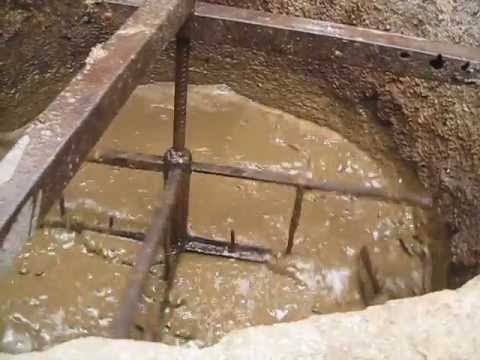.jpg)
The rate of waste mixture decomposition is highly dependent on the quality and quantity of the waste mixture. This is why it is highly recommended to ensure proper proportion of the biogas solution and the mixture should be well agitated and stored for at least two - three months depending on the type of organic waste used.
#3 COLLECTING THE BIOGAS
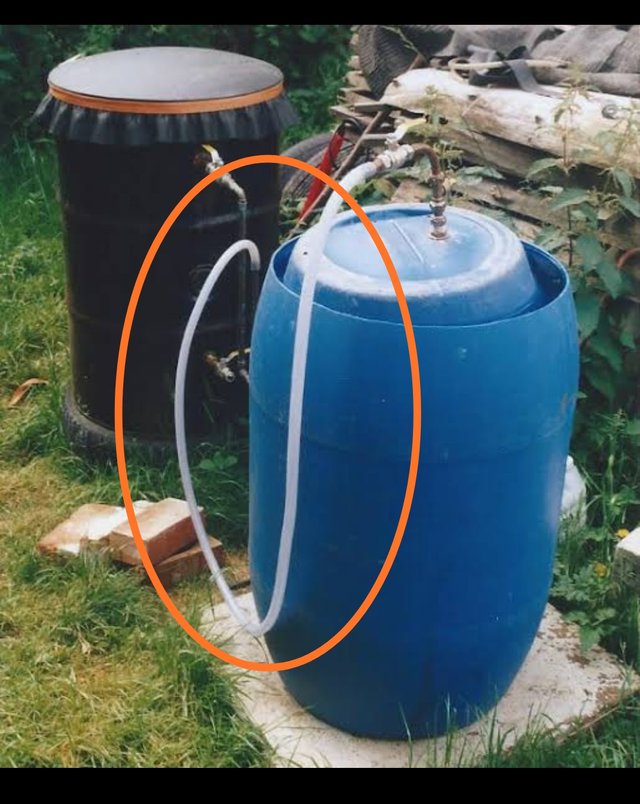
The last but not the least is to collect the biogas from the digester. This is done by connecting a hose or pipe into the digester with a open/close valve which enables the biogas to flow through the pipe when the valve is opened and the flow is restricted when the valve is closed or locked. It is also important to ensure that there is less or zero flow of oxygen in the digester when undergoing this process. Also, the delivery hose from the digester can be connected to a gas tank or gas plant which is then distributed for domestic use.
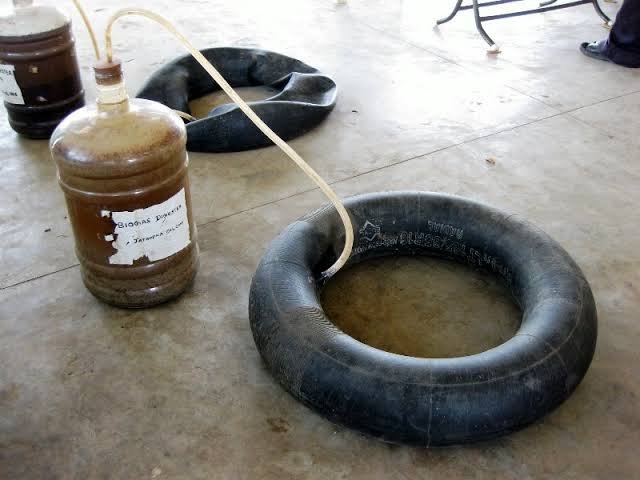.jpg)
These are the three major steps involved in setting up a simple biogas system. I would have loved to continue this post with some other important information about biogas but I will be sharing this with you on the second part of this post (Part 2), so I advice that you stay updated by visiting my blog and also don't forget to share this knowledge with your family and friends so that they can also learn from this write up.
Thank You for your time and I hope you have a great day ahead with love from @hardaeborla
💕❤️💕❤️💕
💕❤️💕❤️💕

Please Support the Project
.jpeg)
Special thanks to @crypto.piotr (Founder) and the team.
Learn more about Project Hope Community by clicking here here

Swap/convert your steem easily without KYC using steemscan. Learn more about how to use steemscan here
.jpeg)

Hello friend, without a doubt biogas is a great sustainable alternative especially in livestock production units where large amounts of manure are produced and placed in biodigesters for biogas production and the remaining solid can easily be used for plant fertilization.
See you later my friend.
Downvoting a post can decrease pending rewards and make it less visible. Common reasons:
Submit
Nice one @amestyj. You really understood the concept of biogas production and I also love the fact that you knew the remaining solid or by products from the digester can be used as an organic manure which helps to boost crop production and plant growth.
Thanks for your lovely comment with love from @hardaeborla and I hope you have a great day ahead 💕💗💕
Downvoting a post can decrease pending rewards and make it less visible. Common reasons:
Submit
Hi @hardaeborla From an environmental point of view, its use implies enormous benefits. On the one hand, methane has a global warming potential 21 times higher than that of carbon dioxide, so that its proper use will contribute to reducing greenhouse gas emissions. On the one hand, methane has a global warming potential 21 times higher than carbon dioxide, so a proper use of it will contribute to reduce greenhouse gas emissions.
Downvoting a post can decrease pending rewards and make it less visible. Common reasons:
Submit
Hmm... Nice analysis about methane being one of the global warming potential gases (green house gases). In addition to buttress your point, the production of biogas doesn't require any physical burning of fuel and this make it has less impact on the cause of global warming since the gases are just produced by anaerobic decomposition of organic matter.
Thanks for your lovely comment with love from @hardaeborla and I hope you have a great day ahead 💕💗😊
Downvoting a post can decrease pending rewards and make it less visible. Common reasons:
Submit